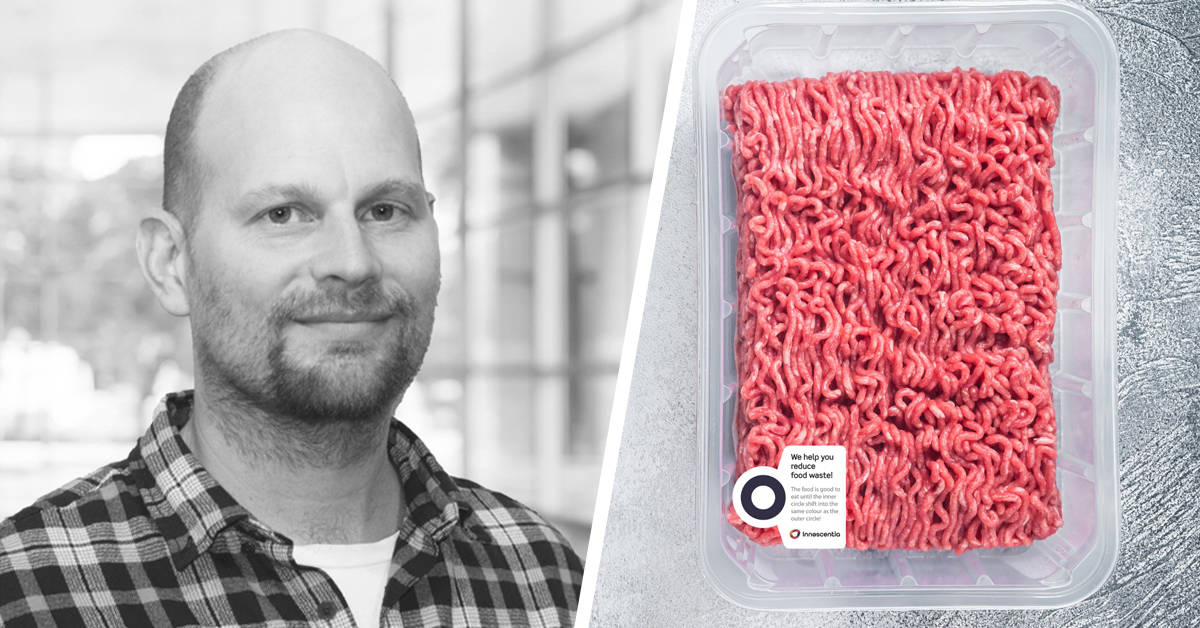
Emballator Innovation Center, with the same desire on reducing food waste, got involved in the project during 2021 and have since then worked with migration tests of the label.
“Since it’s ink in the label it’s important that it doesn’t transfer any chemicals to the meat. We had to modify the tests to make it fit the reality, so it was quite tricky”, says Christian Olsson, Material Specialist at Emballator Innovation Center.
To be able to create the right conditions Christian also had to modify the migration set-up to make sure the simulant did not leak from the cell. After that several material formulations were tested.
“It was important how the label was built and which layers it had. The challenge was to find a solution that let the substances from the meat through but not let the ink through from the other side. It must be a balance. We’ve tested different label solutions to see which one is the best”, says Christian and continues:
“It has been an innovative and exciting project. I think it’s interesting to think about how this solution could be used in other areas.”
Now the collaboration continues, and Emballator Innovation Center are evaluating the tests and gives support to the project whenever needed for Innoscentia to reach the best solution.
For Innoscentia it was crucial to find Emballator Innovation Center and Christian Olsson.
“For us the competence held within Emballator Innovation Center and Christians relentless efforts to find solutions to complex challenges has been of outermost importance for us in our product development. Being an innovative force in the south of Sweden we are happy that we have found a likeminded partner and look forward to continuing our collaboration with Emballator in the future”, says Erik Månsson, CEO at Innoscentia.







